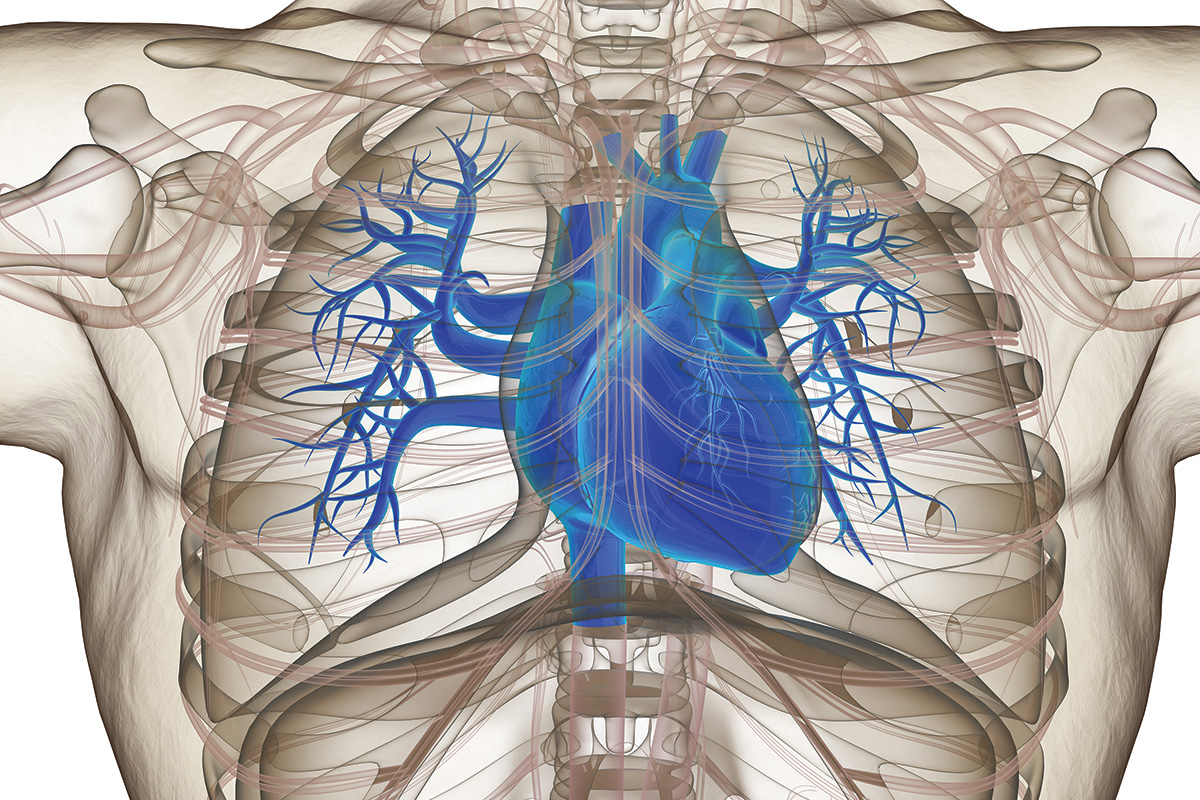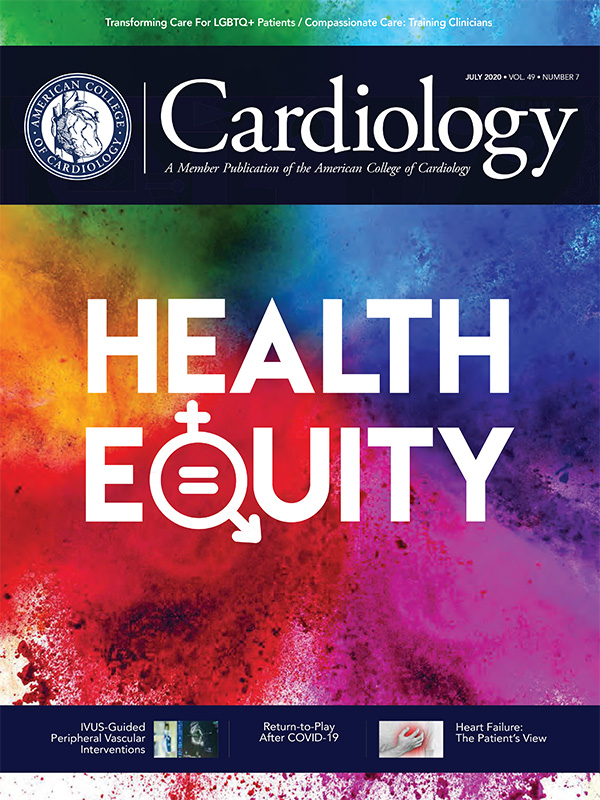Guest Editorial | The EXCEL Trial: A Surgeon’s Perspective

Coronary artery bypass grafting (CABG) and percutaneous coronary intervention (PCI) are fundamentally different methods of coronary revascularization. Gersh and Frye fifteen years ago in the New England Journal of Medicine succinctly stated the difference: "Stenting addresses the lesion but not future lesions," and "Bypass grafting addresses the existing lesion and future culprit lesions."
PCI, quicker, less invasive and less morbid than CABG, is much better suited to opening a single lesion causing an acute infarction, thereby salvaging myocardium. But beyond treatment of an acute coronary syndrome, PCI is relatively ineffective in decreasing cardiac mortality.
Such mortality is more frequently the consequence of a future ruptured atherosclerotic plaque than the short lesion treated by PCI.
Why is CABG so much more effective in reducing cardiac mortality? I believe that the left internal mammary graft (LIMA) to the left anterior descending (LAD) coronary artery is the source of 90% of the CABG survival advantage.
First, autopsy studies have shown that 60% of fatal ruptured plaques are in the LAD; 90% of these are in the proximal LAD.
Second, a patent LAD generally can perfuse primarily 50% of the left ventricle (LV) and perfuse secondarily by adjacency and collaterals another 20% of the LV. Loss of both the right and circumflex arteries can occur and approximately 70% of the LV can survive. However, loss of the proximal LAD plus either the right or circumflex leads to >50% muscle loss, predictably fatal.

Third, the LIMA to this "widow-maker" LAD has a remarkable >90% 20-year patency. If I have coronary disease, give me a good LIMA to my LAD and you can do whatever you want with the other vessels.
The EXCEL trial was an attempt to demonstrate that PCI has equivalent outcomes to CABG in selected patients with left main (LM) disease. If outcomes are equivalent, then PCI – quicker, less invasive and less morbid – would be preferred. EXCEL was prompted by the excellent outcomes of PCI vs. CABG in the subgroups with low and intermediate LM disease in the SYNTAX trial.
Those SYNTAX outcomes are somewhat confounded by an aberrantly high early CABG mortality in the intermediate LM group (11.3% two-year mortality in these approximately 100 patients, compared with a 4.2% mortality in the other approximately 500 SXNTAX CABG patients), a fact that has been almost universally ignored.
EXCEL used a primary composite endpoint of death, stroke and myocardial infarction (MI). Regrettably, this composite endpoint gives equal weight to each of the three outcomes when – from the patient's perspective – the desired eventual state is survival free of disability. Death is 100% negation of this desired endpoint.
The definition of stroke used in EXCEL, a 24-hour persistence of neurologic deficit or central nervous system imaging and neurologist verification of smaller strokes, identifies many events as strokes that are clinically trivial after recovery.
Indeed, I would estimate that a stroke as defined in this trial would lead to only 10% to 20% negation of the patient desired outcome.

In trials of this sort, use of "disabling stroke" with the endpoint requiring the persistence of disability at 30 days is more clinically meaningful. EXCEL's definition of MI, rather than using the Universal Definition of MI, used the SCAI definition of periprocedural MI (PMI).
This caused considerable consternation in the surgical community as the relative incidence of CABG PMIs compared to PCI PMIs was higher than that in earlier comparative trials.
Notably, however, in EXCEL the impact of PMIs on the desired patient outcome was modest, with four late deaths in three years among 33 PCI PMIs in the PCI group (12.1%) and four late deaths among 52 CABG PMIs (7.7%). Using these data, PMIs had an approximately 10% negation of the patient desired endpoint, again modest compared to death.
Mortality, then, is the crux of the message from EXCEL for the shared decision-making discussion. Importantly, EXCEL was, intentionally and by design, a trial of selected LM patients: approximately the 50% of LM patients best suited for PCI.
This term, "selected patients," appears in the title of the paper of the EXCEL trial design, but never again in the titles of subsequent papers and often even totally absent from derivative manuscripts.

There is little wonder that the conclusions of EXCEL are being inappropriately generalized to all patients with LM disease.
Even in the EXCEL's 50% of LM patients best suited for PCI, the relative excess mortality of PCI compared to CABG was more than 30% at five years (odds ratio, 1.38; 95% confidence interval 1.03-1.85), similar with many prior studies of PCI vs. CABG.
The authors have attempted to dismiss this all-cause mortality difference, stating that "the difference...was driven by non-cardiovascular deaths, especially those from cancer and infection..." When one group receives substantially more radiation than the other, such a dismissal view must at least raise eyebrows.
PCI and CABG are different revascularization procedures, not competitive, but complementary. When one is difficult, think of the other. PCI is quicker, less invasive and less morbid. CABG has a survival benefit related to the LIMA to the LAD, especially important if the patient might live more than five years.
EXCEL extends that survival benefit to patients with LM disease and limited additional disease, a situation conceptually ideal for PCI. Discussion of this survival benefit, including the 30%+ relative excess mortality of PCI at five years in EXCEL, is now an essential part of shared decision-making with these patients.
Clinical Topics: Acute Coronary Syndromes, Cardiac Surgery, Invasive Cardiovascular Angiography and Intervention, Atherosclerotic Disease (CAD/PAD), Aortic Surgery, Interventions and ACS, Interventions and Coronary Artery Disease
Keywords: ACC Publications, Cardiology Magazine, Percutaneous Coronary Intervention, Acute Coronary Syndrome, Heart Ventricles, Plaque, Atherosclerotic, Autopsy, Coronary Artery Bypass, Coronary Artery Disease, Myocardial Infarction, Stroke, Myocardium, Incidence, Odds Ratio, Decision Making, Confidence Intervals, Morbidity, Patient Selection, Neoplasms, Infections
< Back to Listings


